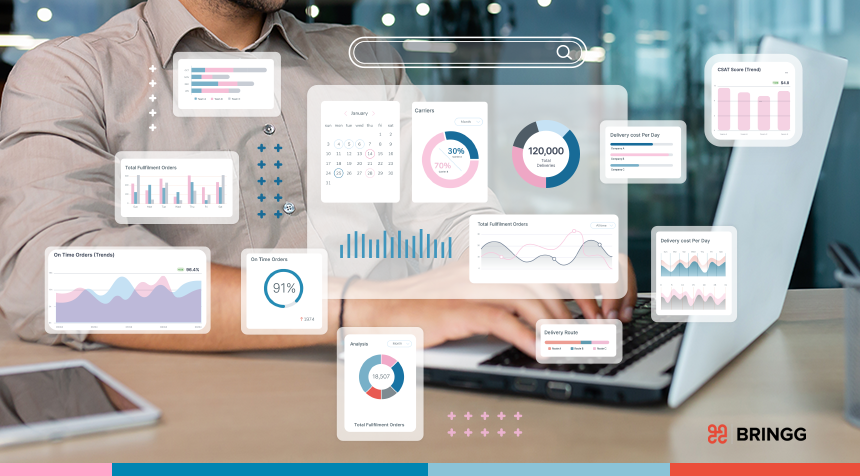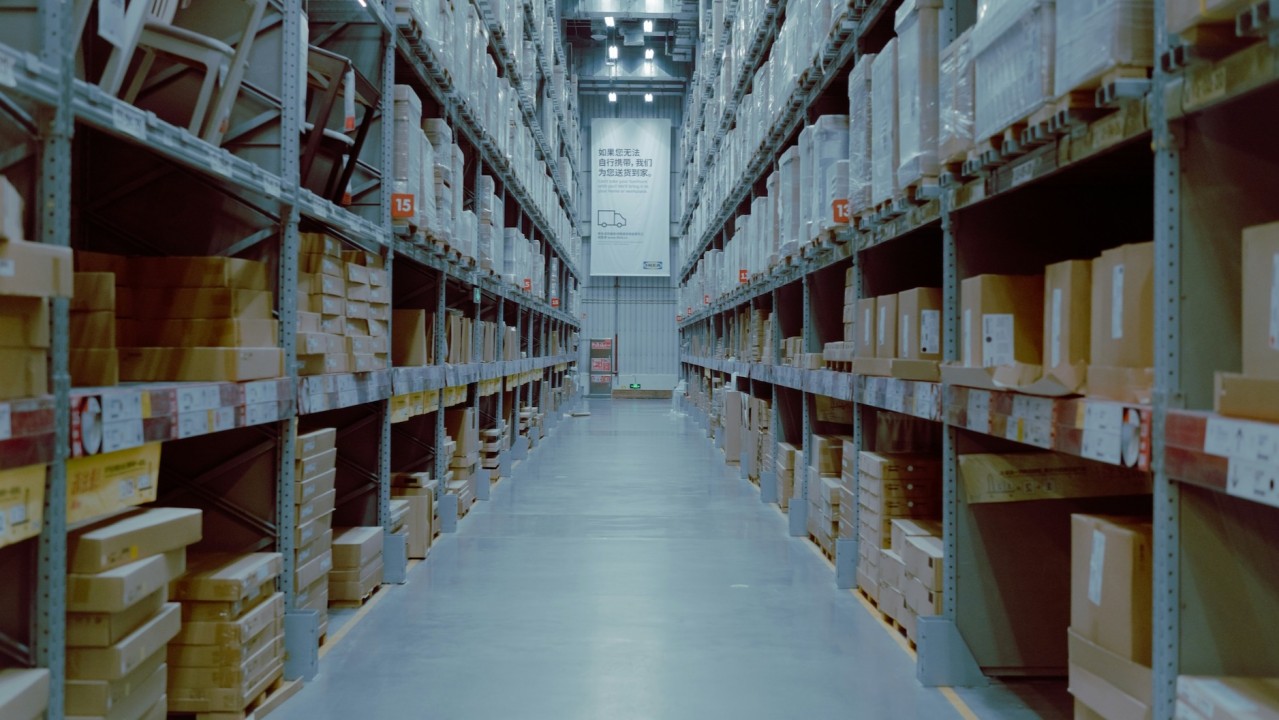To stand out from the competition, you have to provide an exceptional product and get it to your customers with speed. There’s little worse than having your impressive offerings dulled by dragged-out deliveries or complicated shipping. Plus, hiring drivers and managing a delivery fleet is difficult and expensive for most small- and medium-sized businesses.
Third-party delivery platforms act as a bridge between your business and your customers, providing seamless and convenient deliveries for restaurants, grocery stores, and retail establishments.
In this article, we’ll cover the basics of third-party logistics and why signing up for a third-party delivery service should be the next step for your business.
Let’s jump in.
What is a third-party delivery service?
A third-party delivery service acts as a logistics intermediary between a company selling goods and the customer receiving them. It typically includes real-time tracking and communication for drivers and customers, automated returns processes, analytics and data insights, and route management.
Third-party services are frequently used by restaurants and retailers, allowing both the sender and recipient to communicate and track transactions via mobile apps or web-based platforms.
How it works
Businesses set up a partnership with a third-party delivery provider that handles logistics and system integration, enabling customers to purchase your products through the platform.
As orders come in, your business is notified and you can prepare the order. The system coordinates the process from there—assigning a driver, tracking delivery and payment, and closing out the process upon receipt.
7 benefits of using third-party delivery platforms
These platforms offer plenty of benefits, especially for small businesses and those offering food and drinks, and other products like over-the-counter medication or household goods. Let’s take a look at the advantages of these services for your business.
Quickly scale or flex your business
Third-party delivery systems increase flexibility and reduce complex or time-consuming administrative tasks with automations that do the work for you. If your business is new, partnering with a third-party delivery platform is a way to initiate business operations without arduous setup or excessive expenditure, like hiring or sourcing drivers or procuring vehicles.
You can scale operations based on seasonal demand or peak times, increasing and lowering it as needed. This is because delivery platforms use external carriers and contracted drivers who can pick up work as it comes in.
These platforms also make it easier to keep up with changing market demands and preferences, like contactless drop-off or expedited delivery, without having to retrain staff or keep track of customer preferences.
Broaden your exposure and boost sales
Third-party delivery platforms continue to grow in popularity (with online food delivery revenue projected to hit $1.22 trillion in 2024), and using one can increase your business’s visibility.
For example, listing your business with a third-party delivery service can get it in front of customers who may not have discovered you otherwise. Most platforms even offer search functionalities that spotlight businesses based on customer criteria, such as a certain cuisine they want to order.
Plus, there are sometimes opportunities for promotions in the form of sponsored listings, which can increase your visibility further. More reach means more potential leads, some of whom are bound to convert—and you could end up with loyal repeat customers.
Reduce overhead
While there’s a cost associated with using a third-party delivery platform, it can ultimately save you money in overhead and operational costs. For example, you can avoid hiring and paying delivery drivers or purchasing and maintaining vehicles. You also don’t need to allocate resources to supply chain logistics, route management, or customer support.
Focus on what you do best
Chances are, you didn’t get into business to spend your time coordinating shipping and delivery logistics. Third-party delivery platforms free up your time so you can focus on providing quality products and experiences to your customer base instead of managing in-house delivery fleets and logistics teams. This means more time to spend on streamlining workflows or developing new products.
Increase convenience for customers and your business
The convenience and flexibility of third-party delivery platforms enable you to provide your customers with on-demand and same-day services, which goes a long way to enhance customer satisfaction and loyalty. In fact, 74% of consumers would increase their spend by 12% after a positive delivery experience. Plus, because the complexity of delivery management is outsourced, it frees up more time for you to focus on improving your business and its offerings.
Gain a competitive advantage
According to CapGemini, 40% of consumers consider delivery options from food & grocery providers as a “must-have”. Being able to deliver anytime, anywhere at the push of a button puts you well ahead of businesses that can only afford limited delivery options—or worse, no delivery at all. This makes your business more attractive to customers, who continue to seek out user-friendly technology and convenience.
Gather market data and feedback
Many third-party delivery platforms track data with reporting and analytics tools, providing business owners with insights about customer sentiment and preferences, and overall market trends. Using this data enables you to craft offerings and products that will satisfy your customers and keep them coming back.
Conclusion
Whether you’ve been in business for years or are just getting started, adding third-party delivery to your business is an excellent way to increase your reach, reduce overhead costs, skyrocket your sales, and delight your customers.
There’s no better time than the present to get started. If you’re looking for the best way to seamlessly integrate and manage third-party delivery platforms, check out Bringg today.



